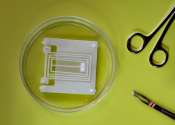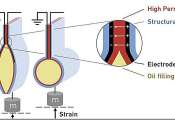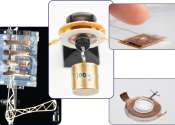Research proposes virtual-dimension increase of EMG signals for prosthetic hands gesture recognition
The electromyographic (EMG) signal is the bioelectrical current generated during muscle contraction. It can be transmitted as an input signal to an intelligent bionic prosthetic hand to control hand movements. By increasing ...
Apr 17, 2024
0
15









